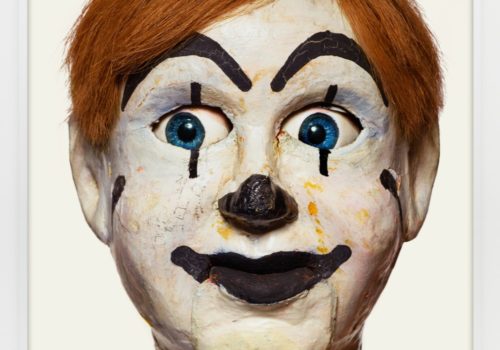They stare at us expectantly, these dummies, as if awaiting a response. The inhabitants of the Vent Haven Museum regularly startle and impress visitors with their collective gaze. How to respond to such apparent yearning? Photographer Matthew Rolston succumbed to their silent pleas by making portraits of them. Each photograph is five feet by five feet in size, a larger-than-life square format of considerable significance. They are neither conventional vertical portraits nor horizontal still lifes but an intentional combination of both. Rolston sees these ventriloquists’ dummies as subjects, their individual personalities revealed by their hair and eye color, eyebrows, the shape of their noses and mouths, even the size of their ears.
This article is reserved for subscribed members only. If you are already a member, you can log in here below.
Subscribe for full access to The Eye of Photography archives!
That’s thousands of images and articles, documenting the history of the medium of photography and its evolution during the last decade, through a unique daily journal. Explore how photography, as an art and as a social phenomenon, continue to define our experience of the world. Two offers are available.
Subscribe either monthly for 8 euros (€) or annually for 79 euros (€) (2 months offered).
















